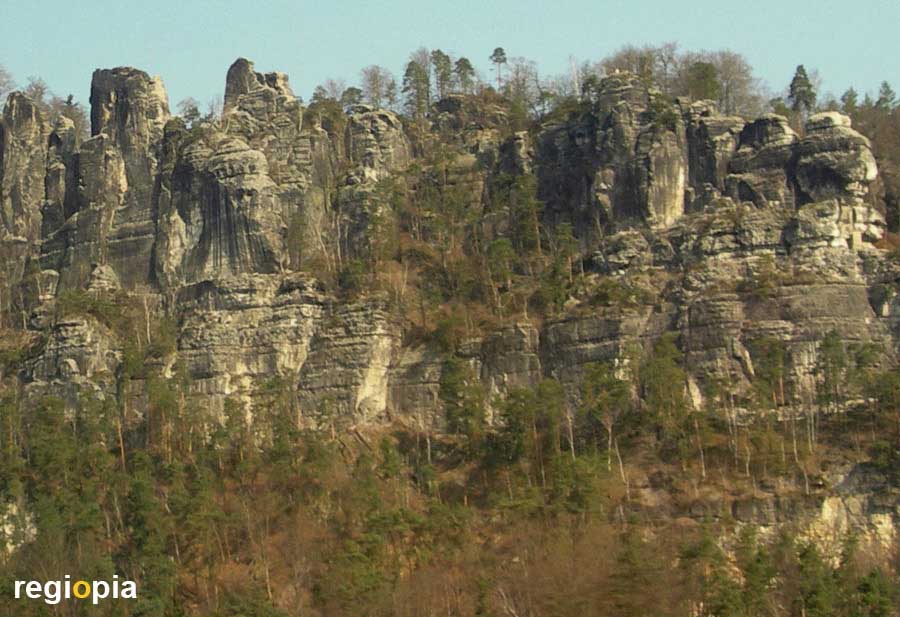
Saxon Switzerland
The Elbe Sandstone Mountains was designated the Saxon Switzerland National Park in 1990. The mountains are partly in the Czech Republic, here is also the highest peak, the "High Snow Mountain" with 723 m. The German part of the Elbe Sandstone Mountains is called Saxon Switzerland. The mountains were formed by sand deposits from an ancient sea in the Cretaceous. After the land mass was raised, the sandstone started to weather and formed this bizarre landscape.
The national park has two parts, the "front" Saxon Switzerland near Rathen and the "back" Saxon Switzerland near Bad Schandau. Near Rathen is the most famous part of the Elbe Sandstone Mountains, called the Bastei Area. This area is well developed, there are visitor parking spaces, a large beer garden, a hotel, a rock stage and bridges, through which the viewpoints can be reached.
Saxon Switzerland near Bad Schandau is larger and more natural. This part of the Elbe Sandstone Mountains is suitable for long hikes and is a great experience of nature. You come through densely forested valleys and then climb up to the bare rocks, from which you can see the enchantingly beautiful landscape. If you want to discover all of Saxon Switzerland, you should stay at least one week. If you only want to take a short detour from Dresden, you can also explore the Elbe Sandstone Mountains on a day trip.
How to get there
There is a visitor car park on Basteistraße in Lohmen, follow the street to the end. From here it is around 1 kilometer on foot to the Bastei Bridge, with a magnificent view of the Elbe. You can also take the train to Kurort Rathen. Here you cross the Elbe by ferry and follow the Basteiweg upwards. You can also get to Bad Schandau by train. From the train station you also have to cross the Elbe, but there is a bus connection to the Saxon Switzerland National Park (bus 252 or 241 see link to VVO).
www.nationalpark-saechsische-schweiz.de
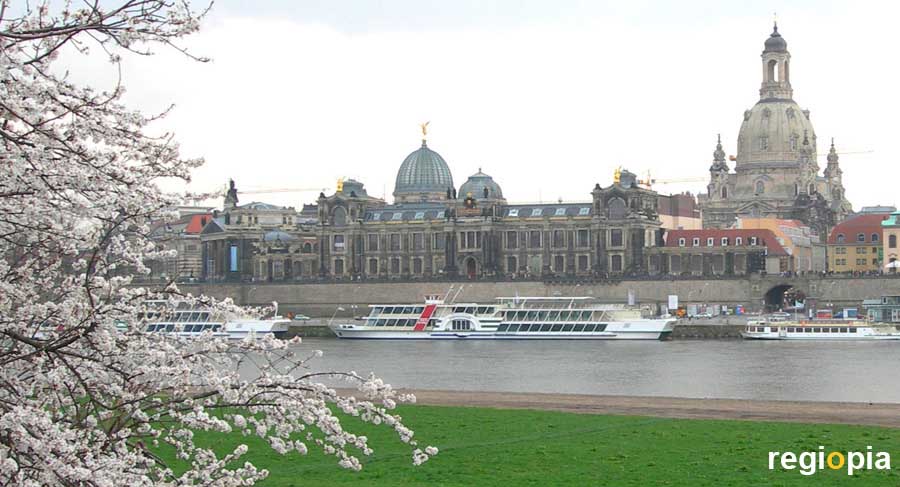
Riverbank Dresden
The broad riverbank of the Elbe to the opposite of the old town offers the most beautiful city panorama of Dresden. From Dresden-Neustadt you can take a walk to the "Palaisgarten" to the north and for the "Elbwiesen" to the south.
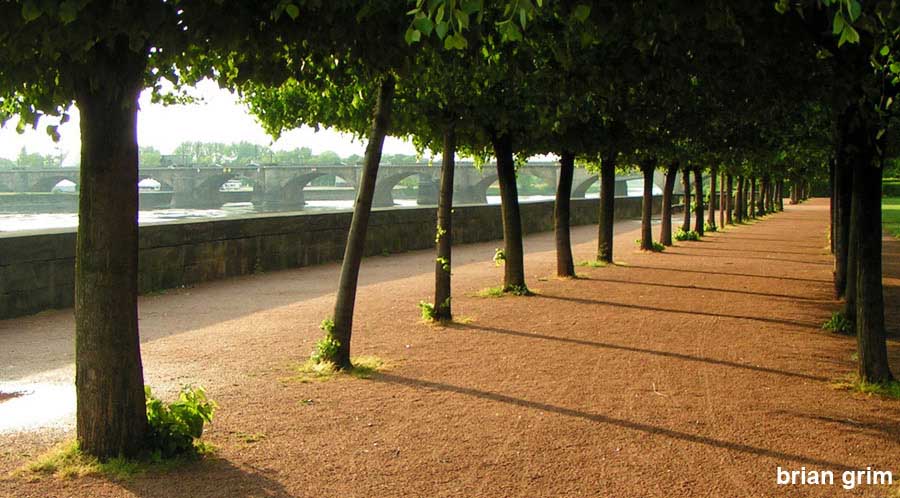
Palaisgarten
The "Palaisgarten" is situated on the river Elbe, between "Augustusbrücke" and "Marienbrücke" in front of the Japanese Palais. The French baroque garden was built in 1715 by "Jakob Heinrich Graf von Flemming", a high Saxon official.
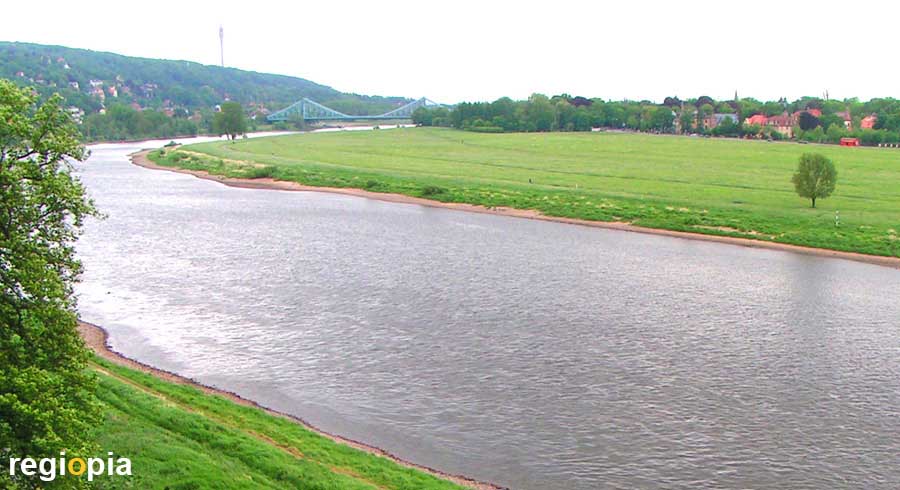
Elbwiesen
The Elbe meadows between Johannstadt and Blasewitz were known by the new "Waldschlößchen Bridge", which was opened in 2013. Due to the construction of the bridge, the UNESCO deprived the "Elbe Valley" of the World Cultural Heritage title in 2009.
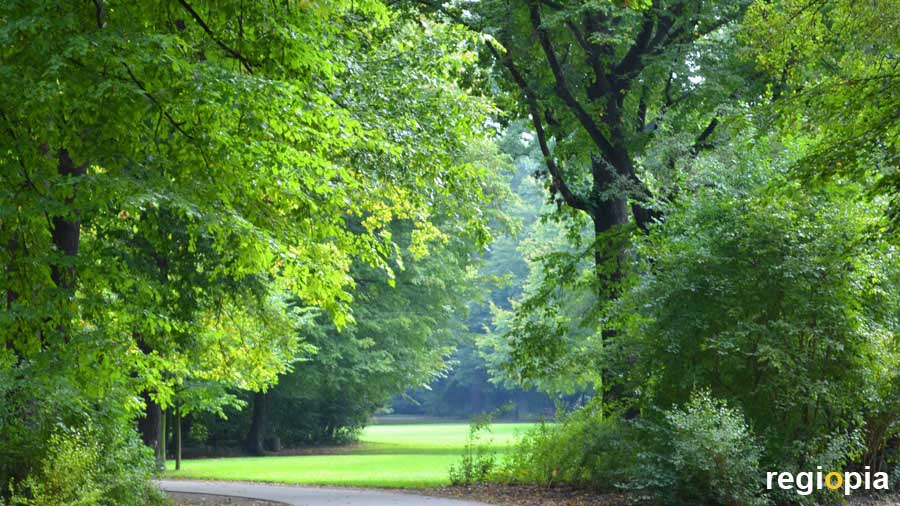
Großer Garten
The "Volkspark Großer Garten" (Big Garden Park) is the largest park of Dresden with 147 hectares. The park in the style of an English landscape garden, has been layed out around a baroque palace.
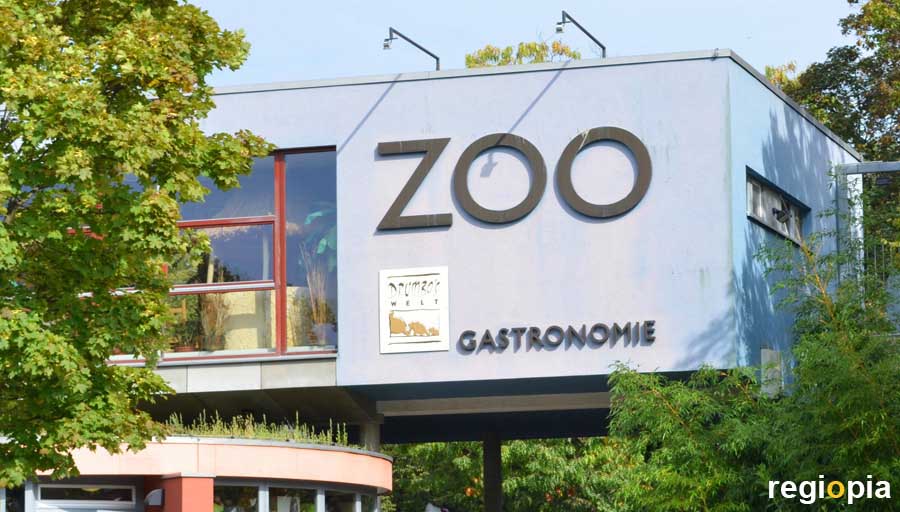
Zoo Dresden
The Zoological Garden Dresden is located in the south of the Great Garden. The zoo, founded in 1861, is one of the oldest in Germany. Over 270 animal species await visitors. Tip: Find out about the feeding times of the koalas on the zoo's website. The most popular animals in the Dresden Zoo also include the little pandas, cute cat bears with reddish fur. There are elephants, lions, fish, reptiles, insects, snakes, flamingos and many other animals.
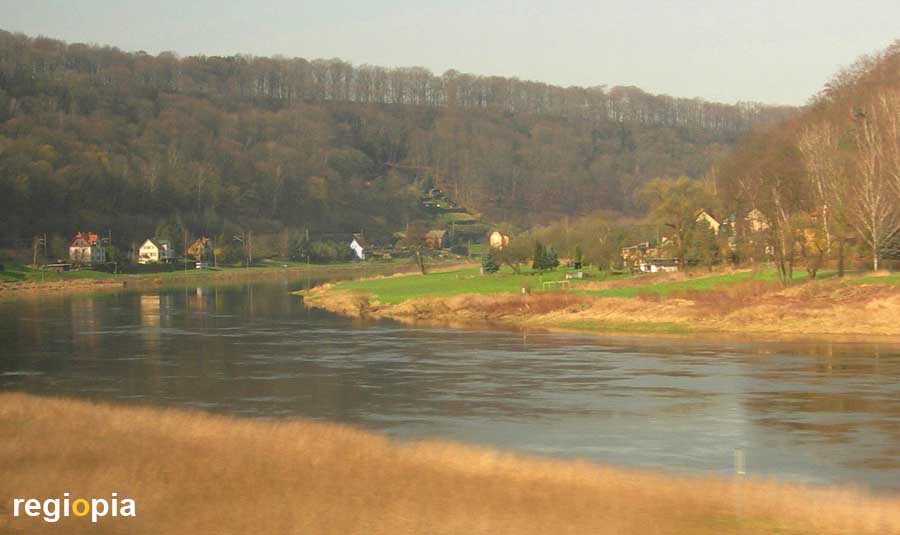
The Elbe Valley
Even though the Elbe valley has lost it's UNESCO World Cultural Heritage title, the Elbe Valley, between Dresden and Bad Schandau, is still one of the most beautiful river landscapes in Germany.
Map of Parks and Nature in Dresden
ads
Dresden Germany
ads
ads


